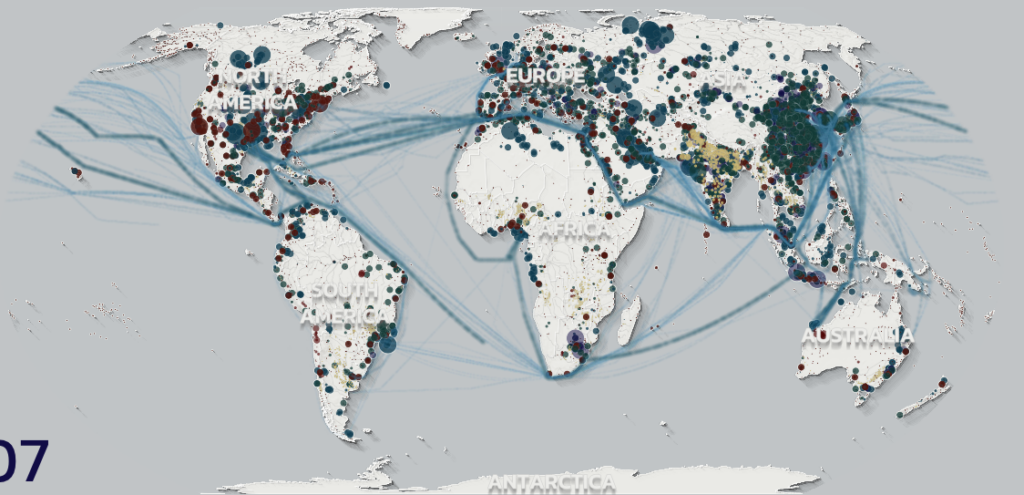I’ve been associated with Reed College for over 30 years (chemistry 1989-2021, emeritus 2021-present), but the College, its students, faculty, staff, and alumni, never fail to surprise me. A wonderful case in point, today’s awarding of the Thomas Lamb Eliot Award for lifetime achievement to Barret Hansen ’63, better known to me as Dr. Demento.
The event took place this afternoon in Vollum Lecture Hall. The vast majority of seats in this large lecture hall were filled with older folks (alumni, I guess?), but it also drew students, staff, faculty like myself, and maybe others. After receiving the award, Hansen gave us an hour-long whirlwind tour of comedy music that has been recorded on vinyl, starting all the way back in the 1920’s (we also learned that Hansen’s private record collection runs to approximately 300,000 disks !!!). As the tour progressed decade by decade Hansen would periodically raise his hand, and then stop his lecture and drop his hand to signal for a short comic sketch to be played. What a delight! It didn’t take long before the audience started singing along to familiar pieces (“Purple People Eater” anyone?). And even when we couldn’t sing along, we couldn’t help but laugh.
When the final applause were over I ran up to Dr. Demento to thank him for helping me get through college. It just so happened that the Doctor’s radio show first broadcast on KPPC-FM, a station in/near Pasadena, CA in 1970. I started college in Pasadena (Caltech) in 1972, and my radio-equipped classmates quickly told me about this crazy radio show that they had discovered. I found a radio, became a regular listener, and stayed hooked until I graduated in 1976 and moved to Wisconsin for graduate school. Thank you, Dr. Demento. You lifted my spirits during a tough period in my life and I owe you!!
You can learn more about the Good Doctor at drdemento.com and at Wikipedia. Having a good laugh at least once a week may be just the thing we all need to keep us healthy and sane.

